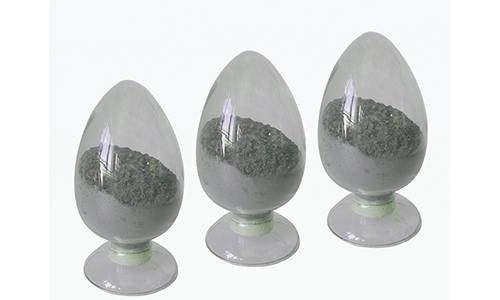Cement Kiln Hood and Kiln End Castable
Cement kiln hood and kiln end surfer mechanical stress and thermal stress, the working condition is very complex, so cement kiln castable should be carefully chosen. Cement kiln castable is specially designed for the casting of rotary cement kiln hood and kiln end. As kiln hood and kiln end is the key parts of rotary cement kiln, the quality of refractory lining directly determined the operation period of the kiln. Rotary cement kiln works at unstable condition, therefore, kiln hood and kiln end are easy to deform. To prevent it, kiln end castable is developed. Usually used rotary cement kiln castable is low cement corundum castable, which has good high temperature resistance, wear resistance and thermal shock resistance.
As rotary cement kiln castable should has good thermal shock resistance and deformation resistance, the water added into the castable should be strictly controlled. Every 1% more water will lead to 6% of strength decrease after sintering. Specialized rotary cement kiln castable casted lining has good integrity, the thermal stress is homogeneously distributed during production, so the kiln body won’t deform, and the service life of kiln hood and end is prolonged. Kiln hood mainly suffers thermal load and washing of sintering zone high temperature clinker, as well as cooling machine high pressure air blowing, its temperature repeatedly changes from 1100℃~1400℃.
The Advantages of Rotary Cement Kiln Castable
Kiln hood and kiln end castable has good thermal shock resistance, washing resistance, wear resistance.
High integrity, can resist thermal mechanical stress, chemical corrosion and material impact.
The service life of kiln end and kiln hood is greatly prolonged, so the operation rate, output and clinker quality are all greatly increased.
Rotary cement kiln special castable has micro expansion after sintering, thermal expansion coefficient is small, therefore it has good volume stability and thermal shock resistance.
Good oxidization resistance, high modulus of rupture at high temperature.
Kiln end deformation resistance, spalling resistance.
Rotary Cement Kiln Castable Physiochemical Index
| Item |
YKJ-18 |
YKJ-19 |
| Al2O3 % ≥ |
70 |
75 |
| Bulk density g/cm3 ≥ |
110℃*24h |
2.6 |
2.7 |
| Modulus of rupture MPa ≥ |
110℃*24h |
11 |
12 |
| 1400℃*3h |
12 |
13 |
| Crushing strength MPa ≥ |
110℃*24h |
90 |
100 |
| 1400℃*3h |
100 |
100 |
| Linear change rate% |
1400℃*24h |
±0.5 |
±0.5 |
| Maximum service temperature |
1600 |
1600 |
Rotary Cement Kiln Castable Construction Specification
Gas vents should be set, so it won’t crack during roasting.
Aggregate, power and binder should be mixed first, then adding 80% of the needed water, whether more water should be added is up to the in-situ situation.
The thickness should be controlled below 300~400mm.
Vibration time should be properly controlled, when there appears grout at surface, the vibration should be stopped. Vibrating bar should not contact with anchoring parts.
The kiln should not be rotated within 12h of the casting.
During roasting the kiln, please refer to the suggested temperature curve.

